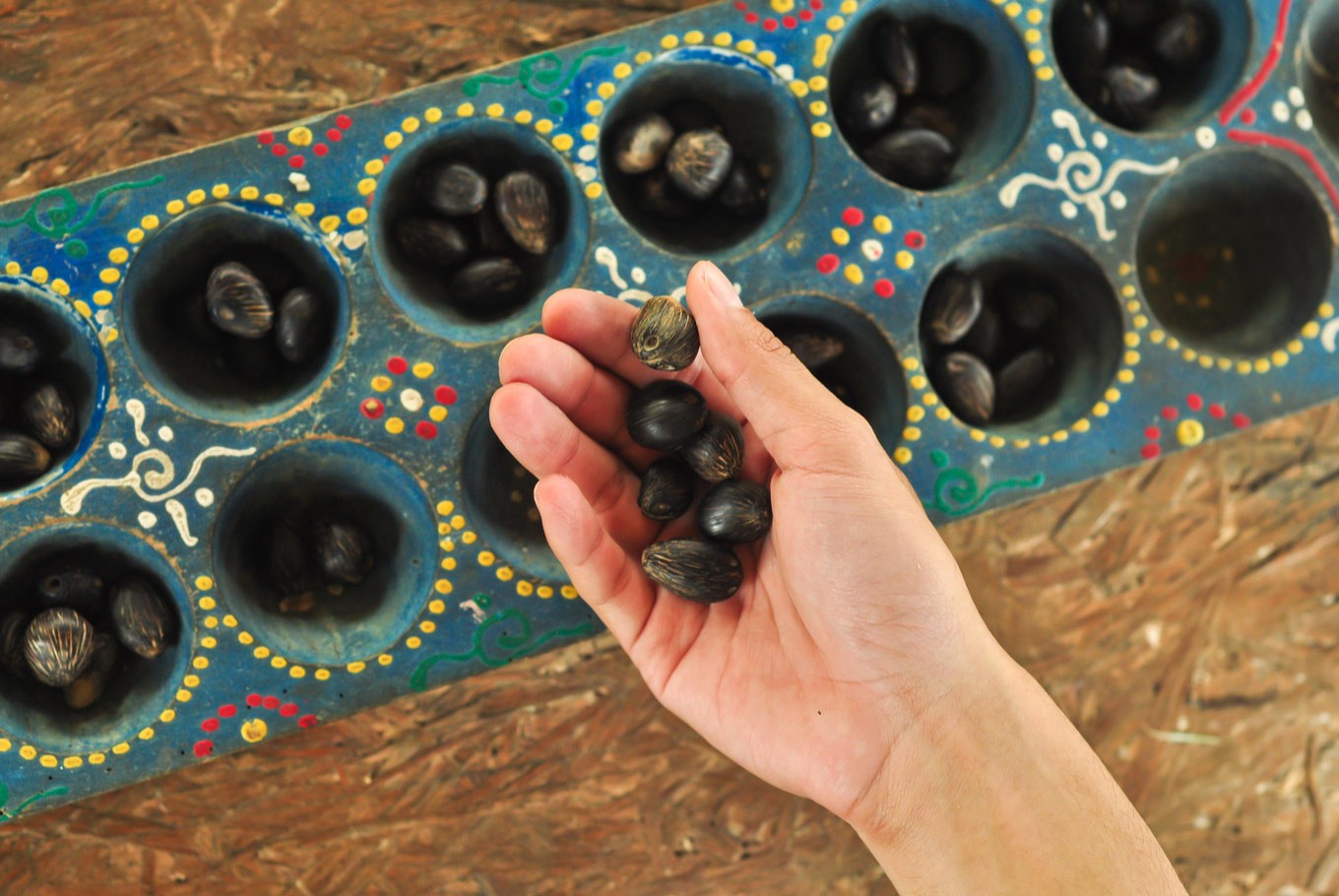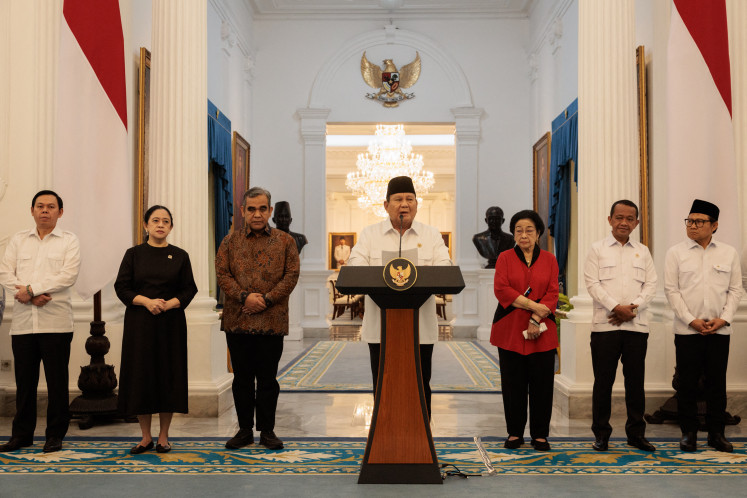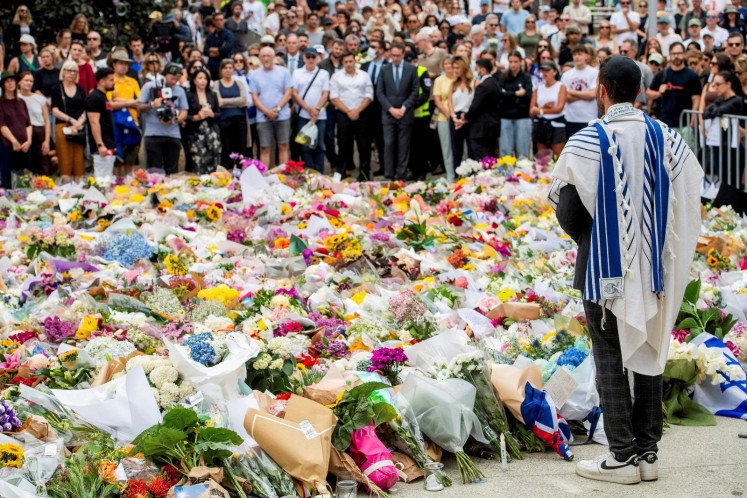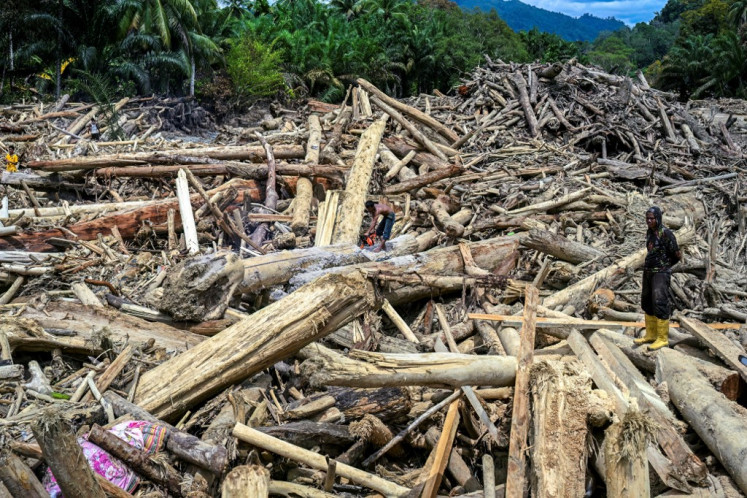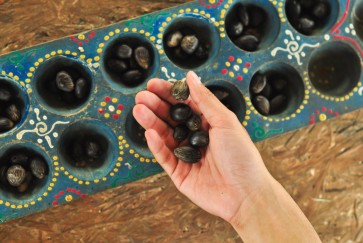Popular Reads
Top Results
Can't find what you're looking for?
View all search resultsPopular Reads
Top Results
Can't find what you're looking for?
View all search resultsMuseum Kolong Tangga: Toys 'r' us!
With the support of friends in Indonesia and abroad, Rudi set up the museum. It started with a collection of 4,000 toys, and at the time of closure, it had accumulated 22,000 pieces.
Change text size
Gift Premium Articles
to Anyone
Did you have a favorite toy when you were a child? A teddy bear, doll, train, Lego set or something more unique?
I had all of these and much more, but what I remember most were the most simple and traditional ones I made myself: a car made from the thick skin ofjeruk Bali (pomelo fruit), or necklaces made from cassava leaf stalks. Traditional toys then were made mostly from wood, bamboo, metal, clay, cloth or paper. Now it’s plastic, plastic, plastic!
Who doesn’t know what toys are? They are objects with unimaginable diversity of shapes, types and sizes, that children play with. Many have an educational component, but did you know to what extent? From Wikipedia I found out, they help children “discover their identity, make their bodies grow strong, learn cause and effect, explore relationships and practice skills they will need as adults”.
Even grown-ups use toys “to form and strengthen social bonds, teach, help in therapy, and to remember and reinforce lessons from their youth”. Wow! Toys ‘r’ truly us!

